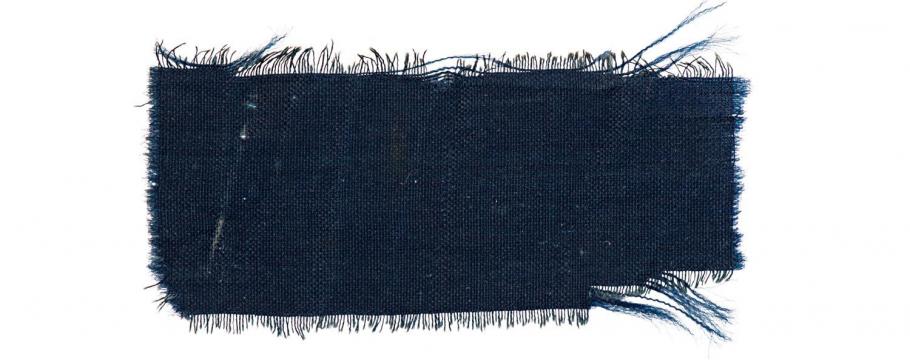
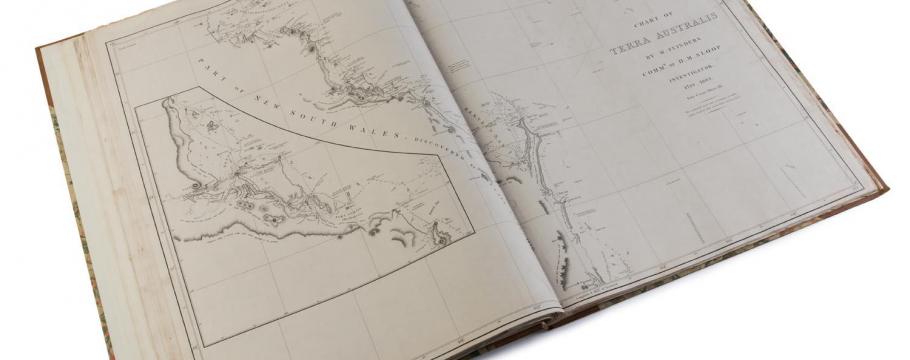

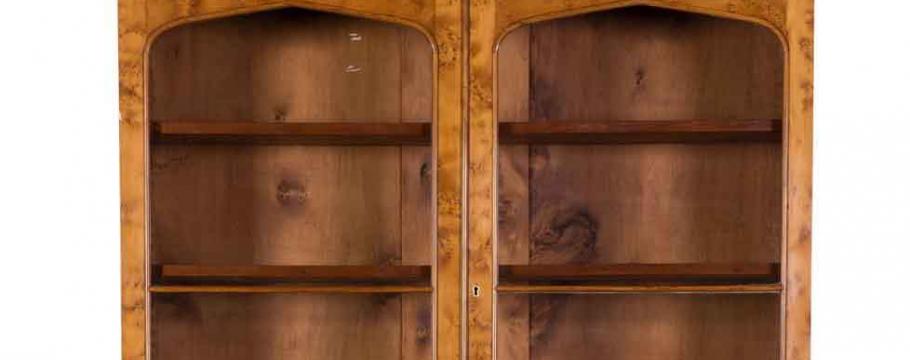
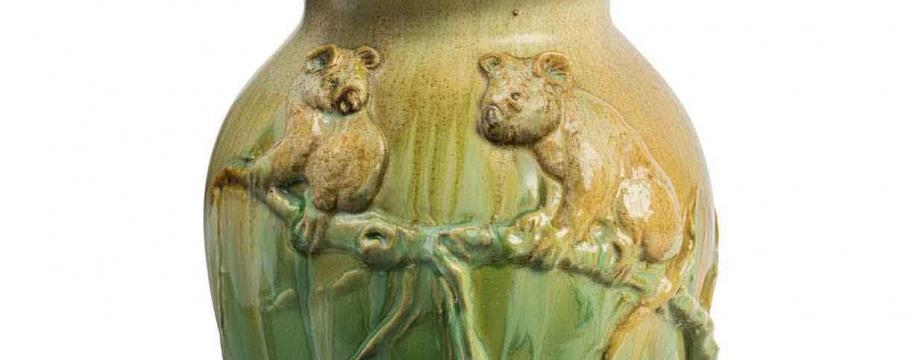
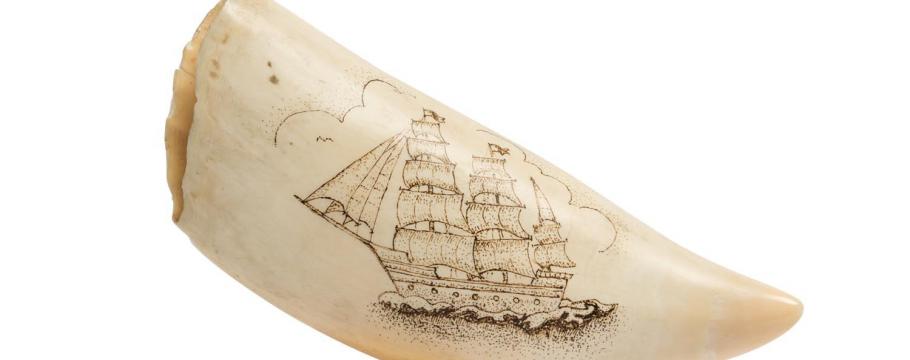
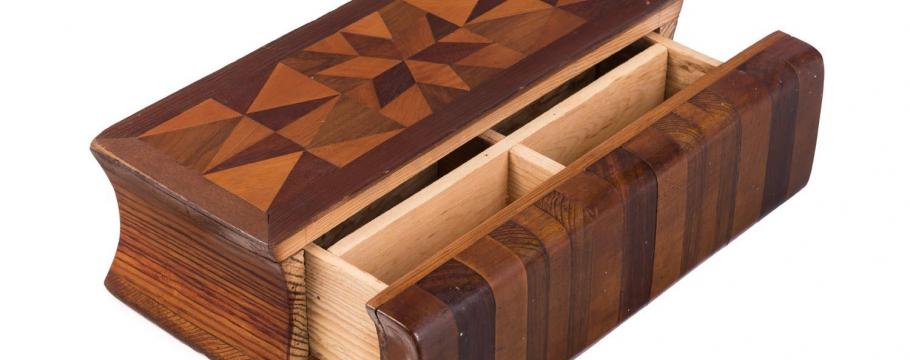
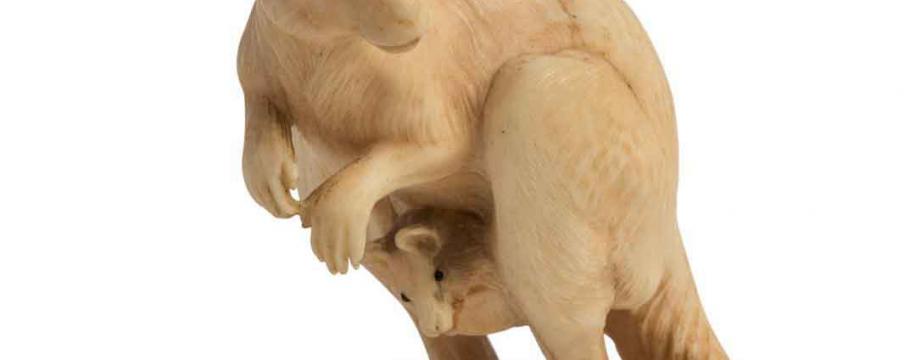
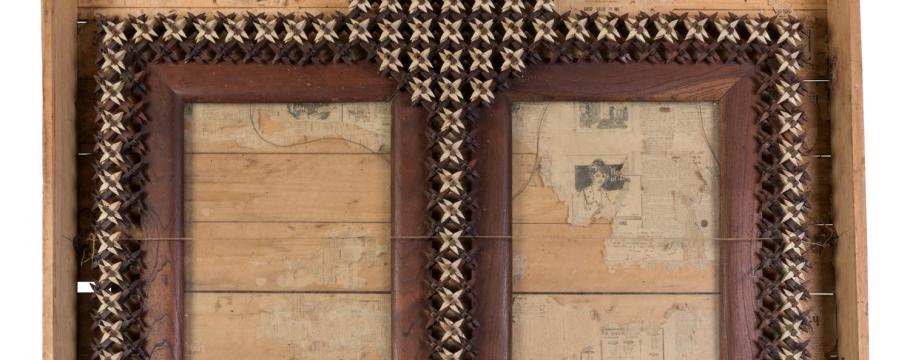

Eureka flag fragment highlights Australian history auction
Author: Richard Brewster | Posted: 8th December, 2017
A fragment of Australia’s infamous Eureka flag will be auctioned as part of Mossgreen’s Australian History sale from 10am Monday December 11 at 926-930 High Street, Armadale.
The flag flew at Eureka Stockade, also known as the Eureka Rebellion, which took place on December 3, 1854 at the Eureka Diggings in Ballarat, Victoria when disgruntled goldminers fed up at being ill-treated by authorities and forced to pay high mining licence fees decided to rebel.
Prior to the stockade, the miners held two meetings at which many burnt their licences in protest. At the second of these on November 29, 1854 at Baker Hill they flew for the first time the Southern Cross flag – which then became known as the Eureka flag.
Four days later, about 500 diggers armed with firearms and pikes marched to the Eureka Diggings and barricaded themselves into 0.4 hectares of the goldfields, where they took an oath on the flag to stand by each other and fight to defend “their rights and liberties”.
Faced with a vastly superior police force, the miners lost the battle in 20 minutes and 27 people, most of whom were rebels, were killed.
Despite the battle loss, the following year the Gold Fields Commission met all the miners’ demands.
The Eureka flag was torn down and souvenired by the victors. Trooper John King retained it in his family for 40 years before in 1895 lending it to the Ballarat Fine Art Gallery.
From there, it was loaned to the Museum of Australian Democracy at Eureka where about 30 per cent of the flag has been lost as pieces were cut off to give to visiting dignitaries.
The auction fragment is one of those pieces but the flag itself is considered a symbol of the birth of the Australian nation and as a symbol of rebellion closely associated with the struggle for democracy and unity.
The auction contains two first edition volumes and an atlas entitled A Voyage to Terra Australis by explorer Matthew Flinders (1774-1814) who circumnavigated and mapped Australia from 1801-3 in HMS Investigator.
Although publication was delayed for several years because the French in Mauritius detained Flinders until 1810 during his return voyage to England, the charts were so accurate they continued to be used until the late 19th century.
Another interesting item is former Australian Test captain Bill Woodfull’s 1930 tour photograph album.
The album contains more than 200 photographs including the highlight picture of Don Bradman walking out to bat at Leeds for his record innings of 334 and signed and endorsed by the Australian master “To Billy Woodfull, in appreciation of a fine Captain and a wonderful fellow. Sincerely Yours, Don Bradman, Leeds 1930.”
The auction also features a circa 1835 Tasmanian birdseye Huon pine bookcase and a Remued pottery vase with two koalas and branches among the more than 800 lots.





